Say
HELLO
TO THE LARGEST LAKE
ON THE EARTH!
Say
GOOD
BYE
TO THE LARGEST LAKE
ON THE EARTH!
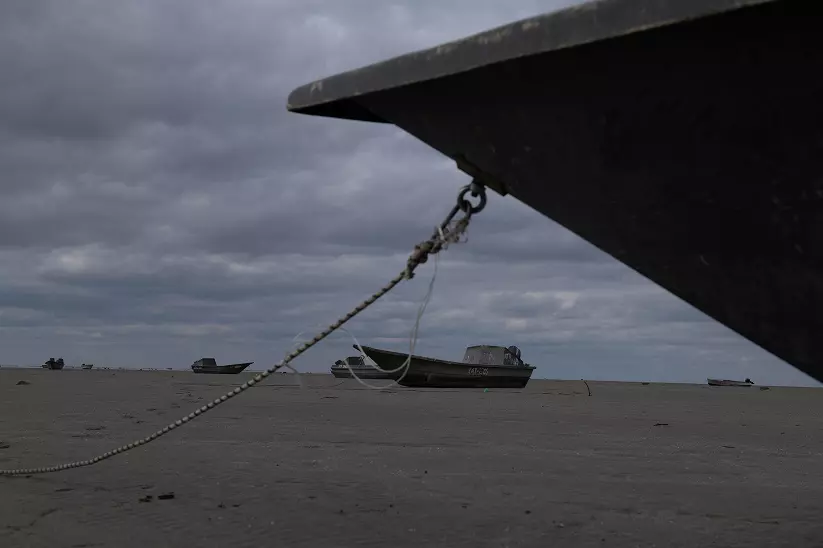
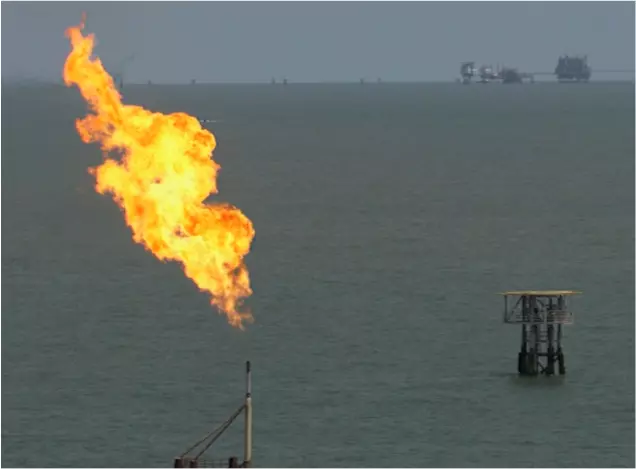
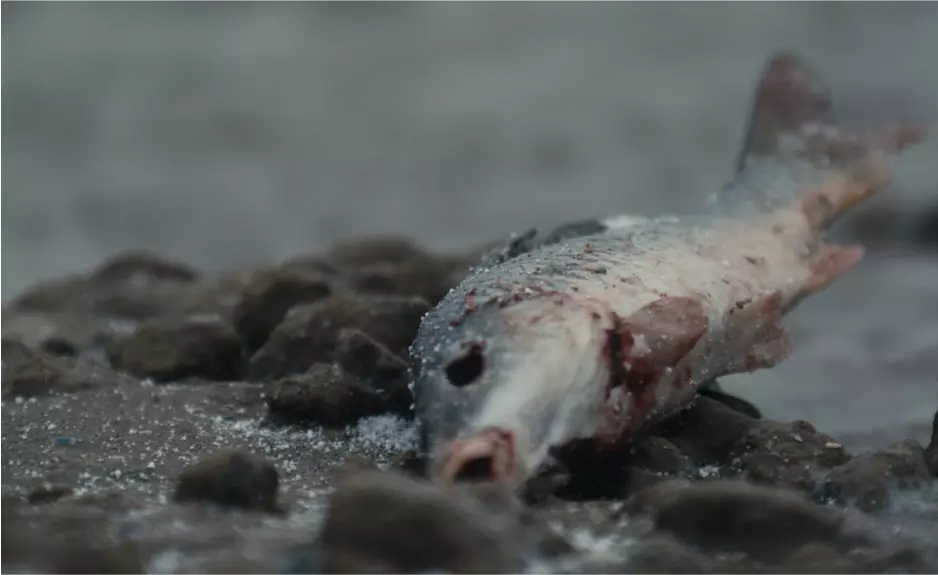
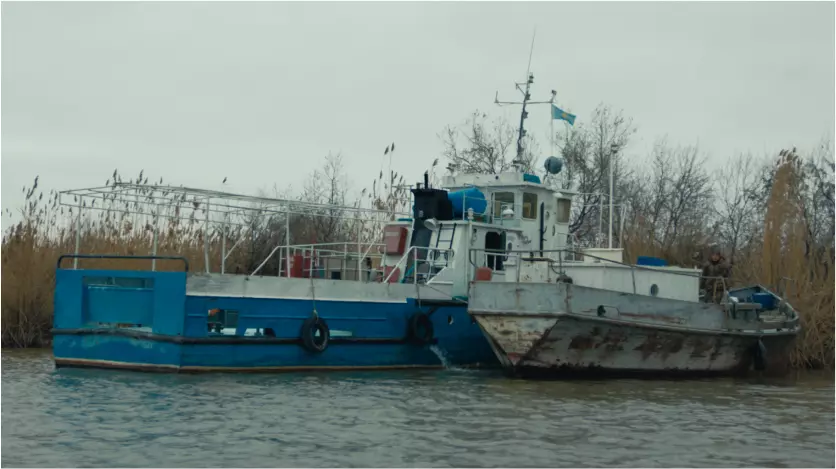
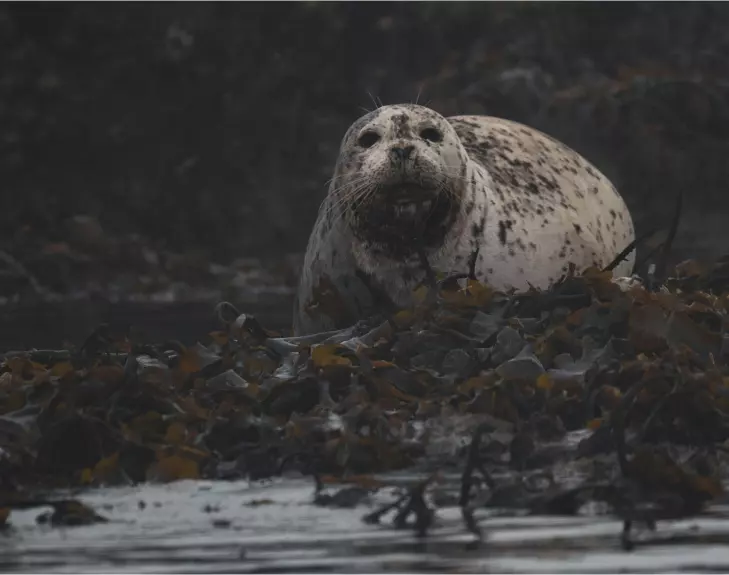
This is the digital docu-
experience exploring
THE SILENT
DEATH OF THE
CASPIAN SEA,
vanishing
inch by inch,
and nobody
cares.
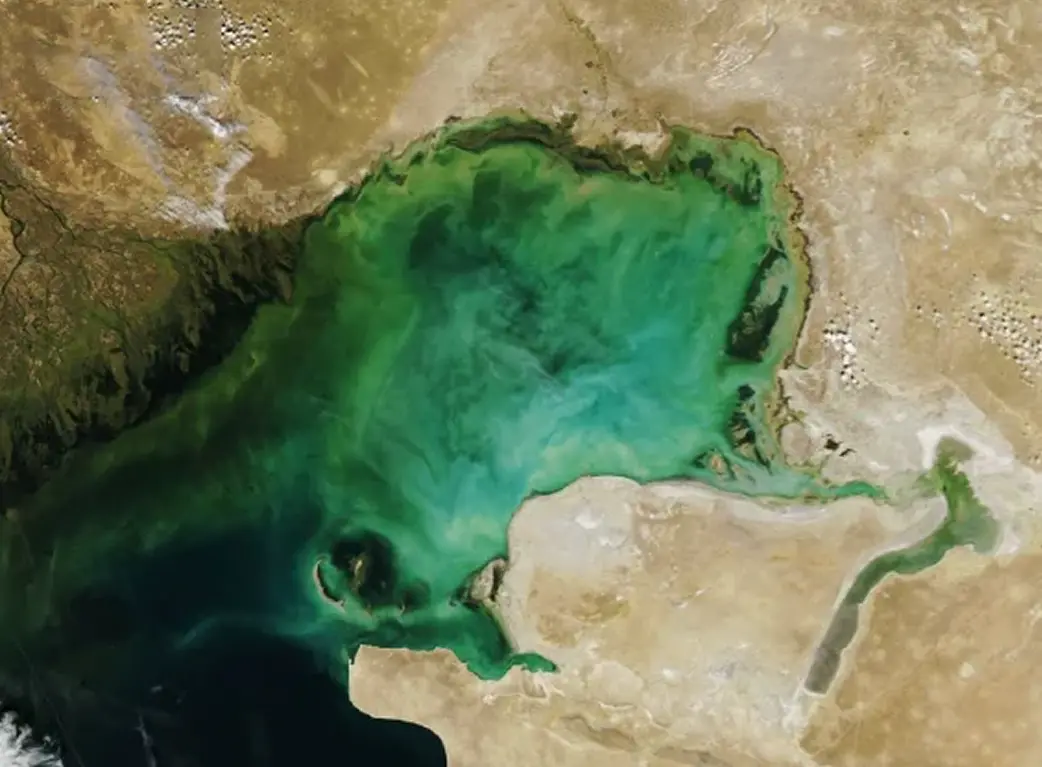
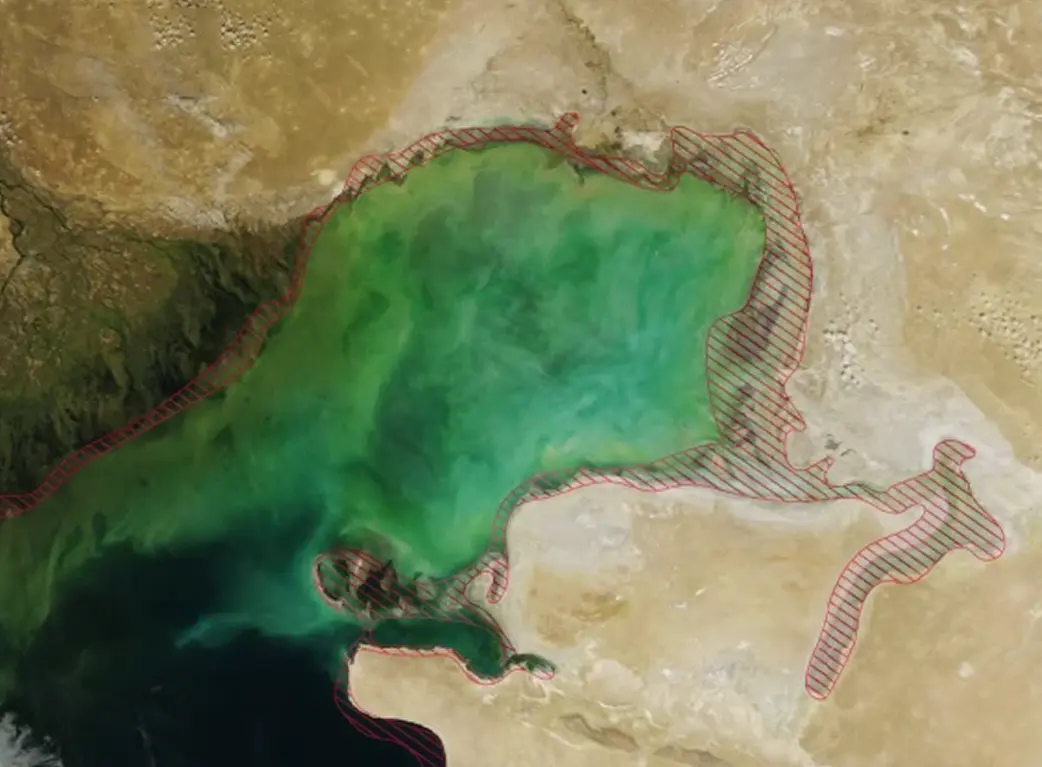
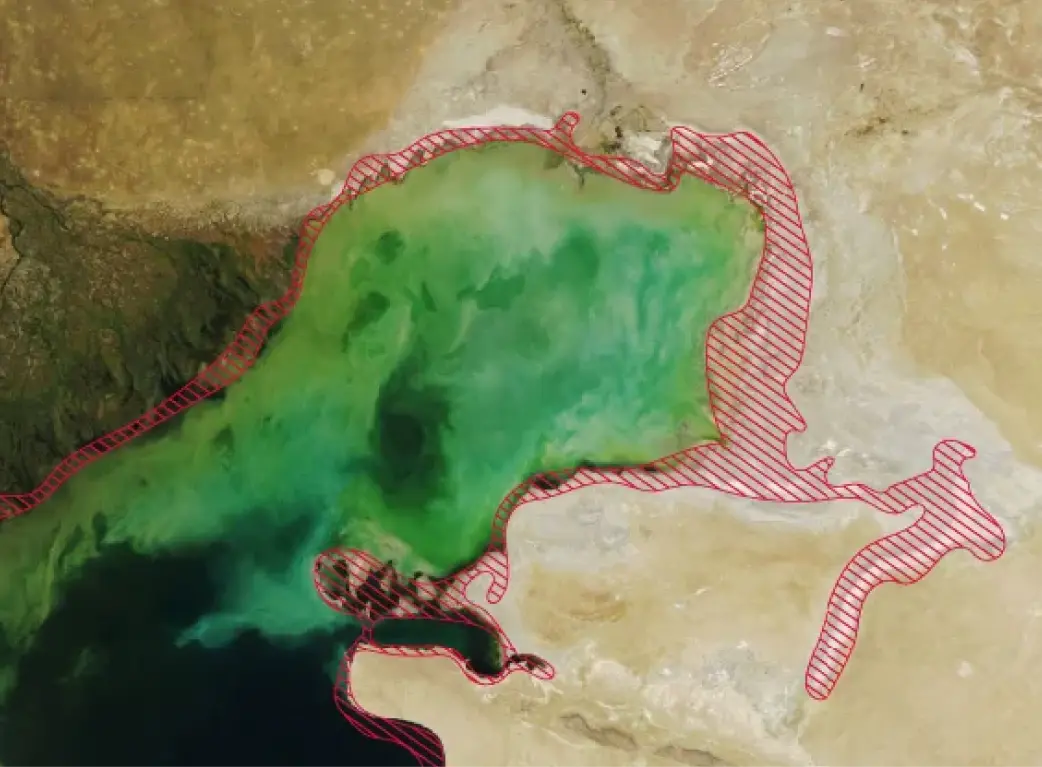
SEA LEVELS FELL
BY MORE THAN
2 METERS
BETWEEN
2006 AND 2024.
Over the last few years
Caspian has lost enough
water to fill Lake Geneva
– 80 billion cubic meters
evaporating into the sky.
By the end of this century, scientists
warn it could fall another 9 to 18 meters.
THIS ISN’T
SPECULATION.
IT’S ALREADY
HAPPENING.
The Caspian Sea,
shared by five countries,
does not touch the ocean.
The Caspian Sea
is technically a lake
Its surface area rivals
that of California.


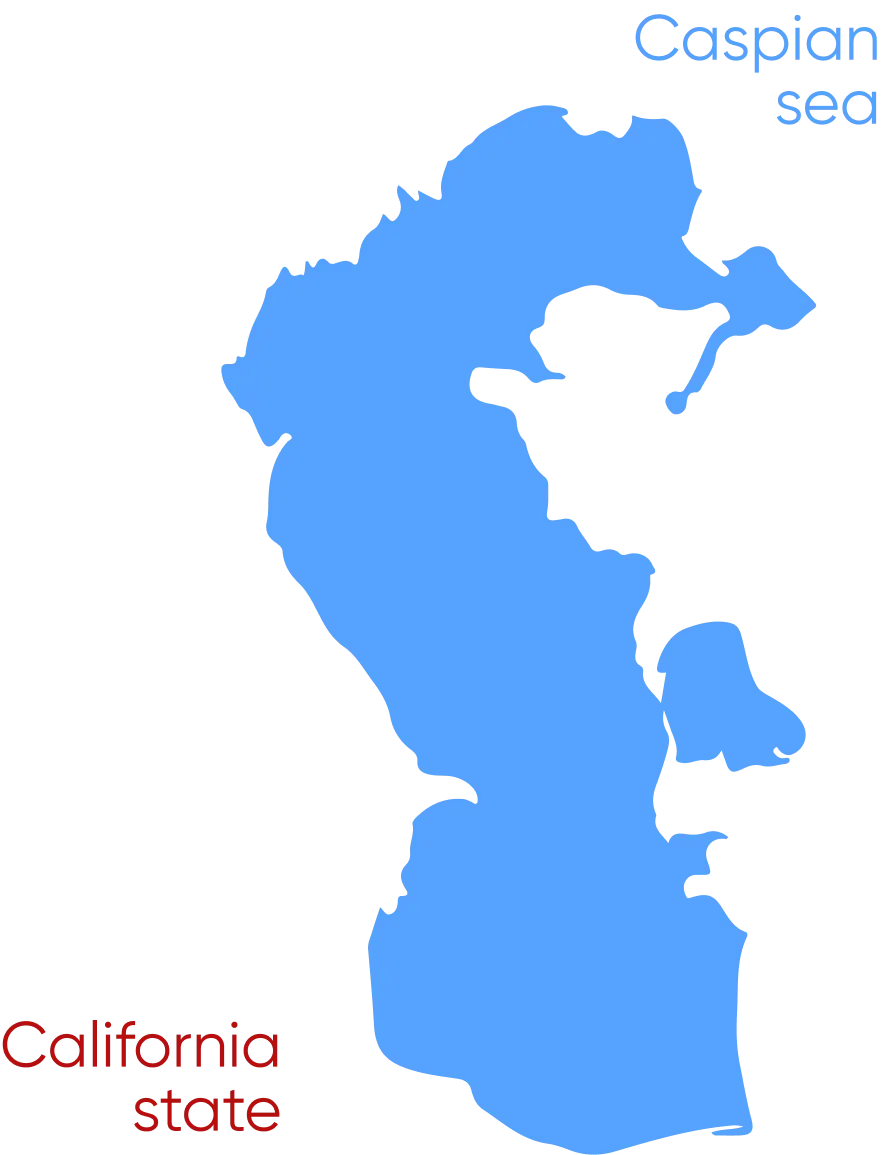
130 rivers flow in. None flow out.
Climate change,
intensive exploitation,
and rising regional
temperatures have
caused the sea to dry
faster than rivers
can replenish it,
far outpacing the global average.
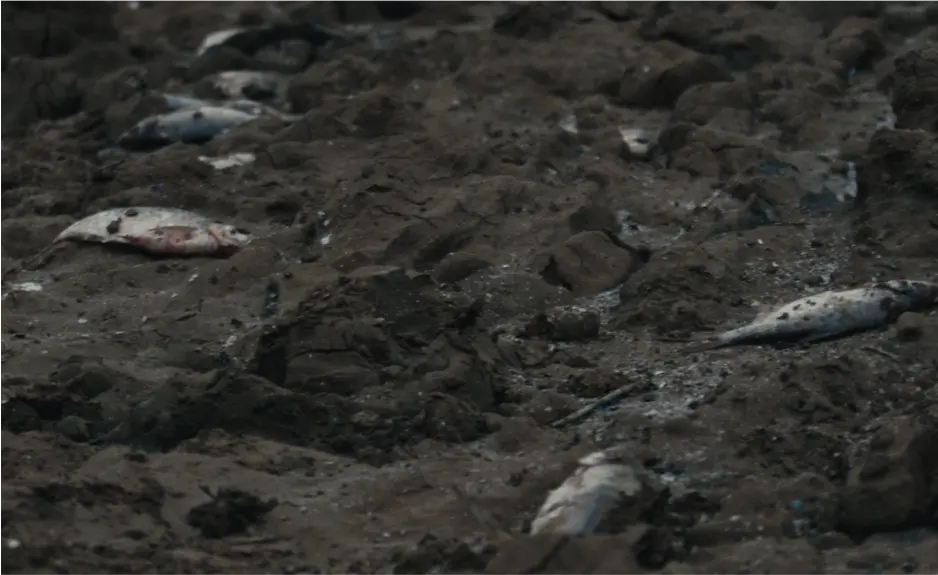
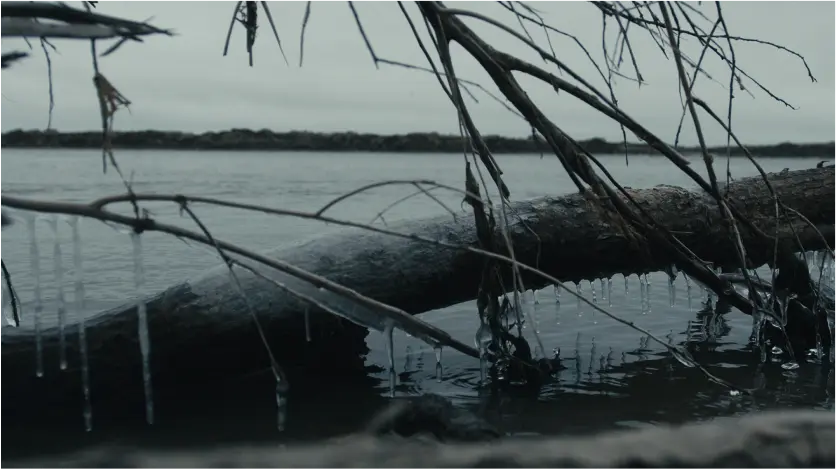
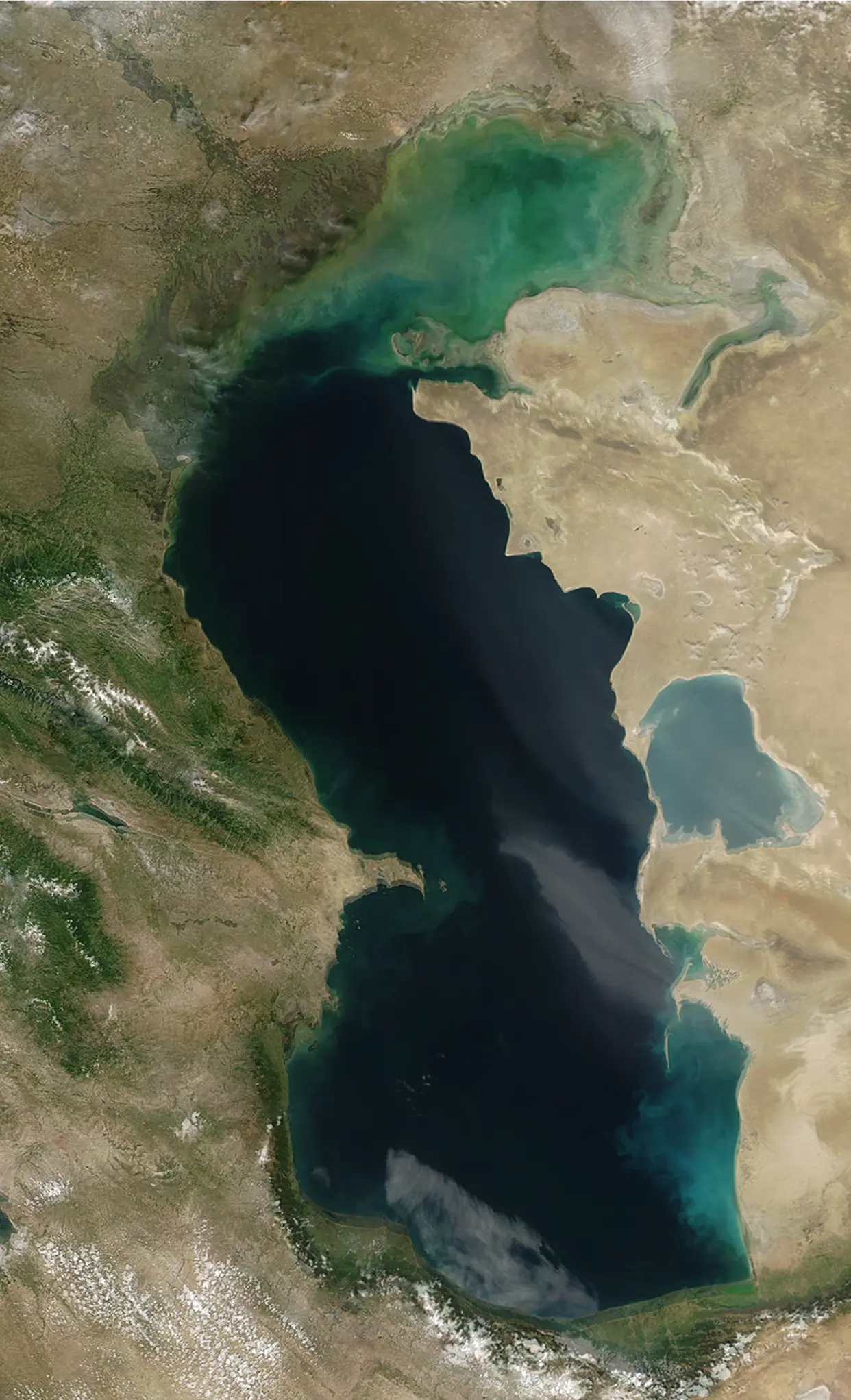
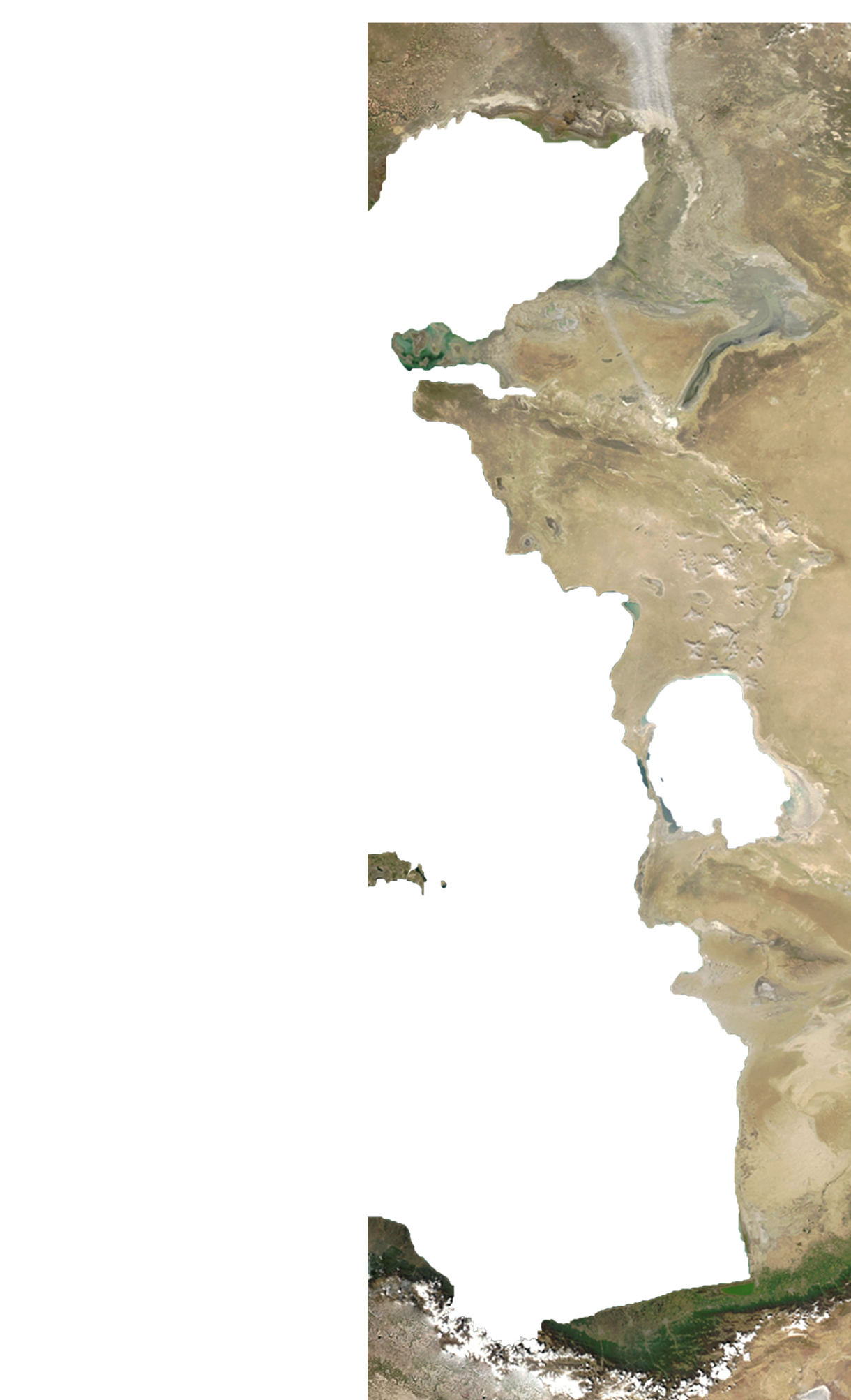
IN THE
DEEP
One of the most
unique ecosystems
on the planet, it harbors:
Over 400
endemic species, creatures
found nowhere else.
More than 130
species of fish.
Over 100
species of waterbirds that nest
and migrate across its surface.
It’s a sealed-off world,
evolved in isolation
over millions of years.
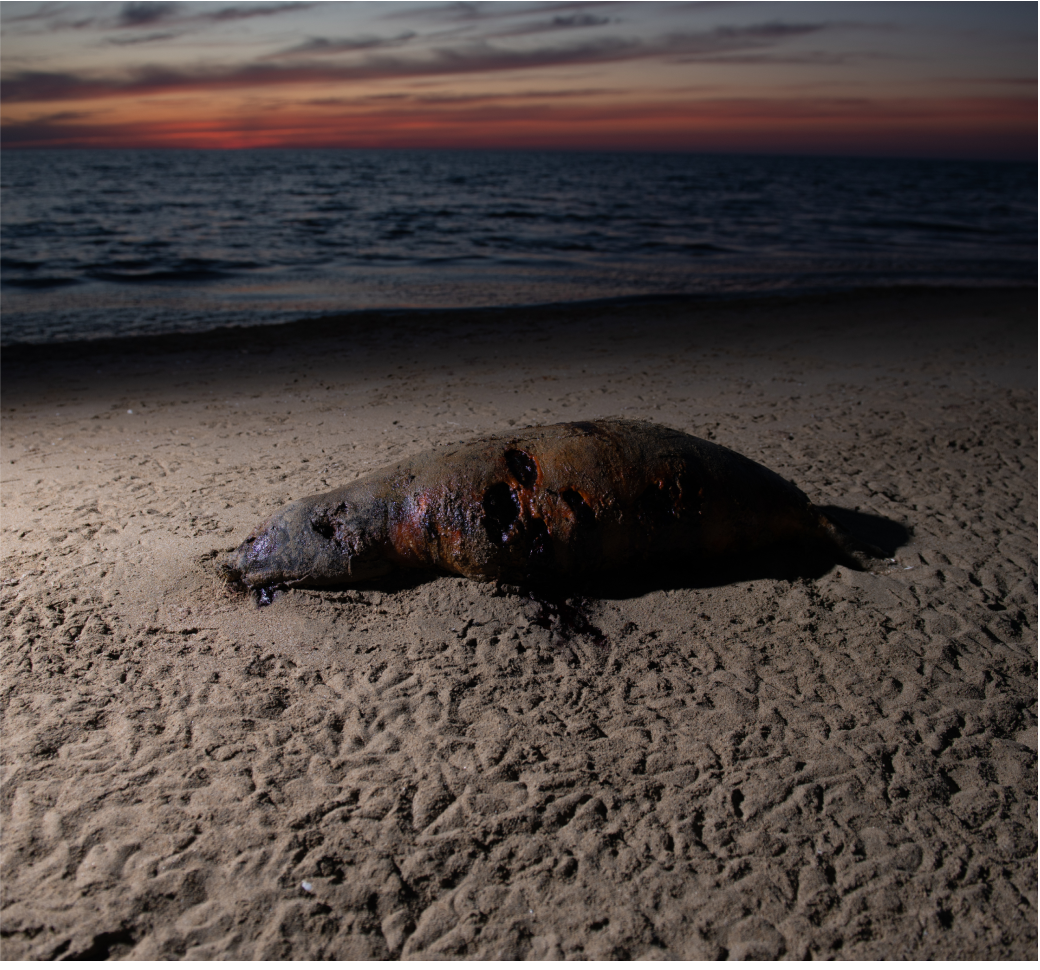 Photo by Ospan Ali
Photo by Ospan AliTHAT ISOLATION
HAS BECOME
A DEATH
SENTENCE
Five sturgeon species
(black caviar fish)
are listed as Critically
Endangered by the IUCN,
with one more classified
as Endangered. Poaching,
pollution, habitat loss,
and dams have pushed
them to the brink.
Oil exploration and extraction,
along with industrial waste,
are polluting a body of water
that has no natural outflow.
Over 80% of the Caspian’s inflow
comes from the Volga. Yet
upstream dams and growing
water use are reducing the flow
— and no international framework
exists to address the issue.
Poaching, oil spills
and general negligence
pose an additional threat.
As a result, zander,
bream, and plankton
populations are collapsing
in the lower basins.
The smallest seal in the
world is slipping away.
Once numbering over 1 million,
the Caspian seal population
has plummeted to fewer than 100,000.
People are next.
As water disappears and pollution
spreads, livelihoods vanish.
Some communities may have
no choice but to move.

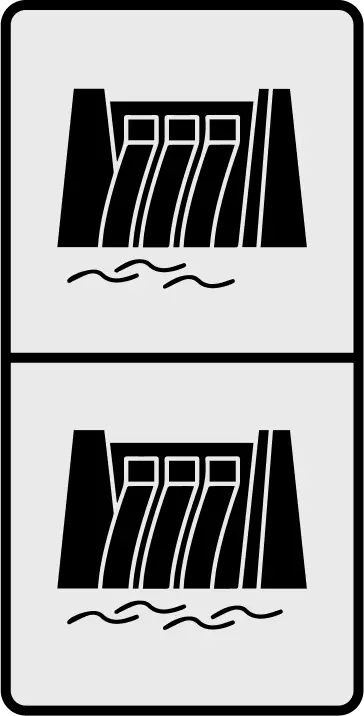

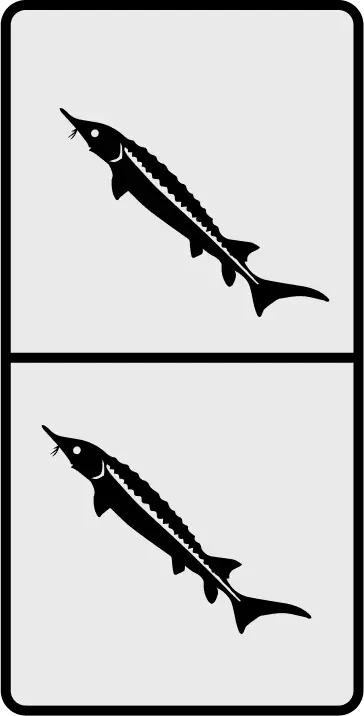
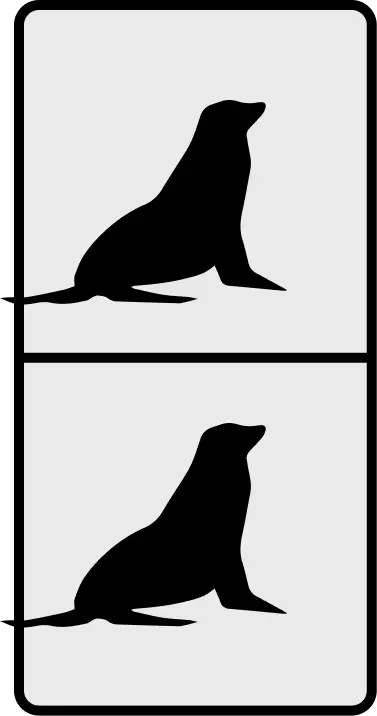

Behind the collapse
of the Caspian Sea lies
the unmistakable imprint
of the human hand
BLACK
GOLD
RUSH
This Caspian Sea fuels
the world and it’s
paying the price.
For decades, countries around
its shores have drilled deep into
the seabed, extracting fossil fuels
at an unprecedented scale.
Today,
the Caspian holds an estimated
48 billion
barrels of oil
292 trillion
cubic feet of natural gas

Top oil
& gas
contributors
 Kazakhstan
Kazakhstan
Tengizchevroil CNPC
NCOC Inpex
KazMunayGas TotalEnergies
 Azerbaijan
Azerbaijan
SOCAR Lukoil
BP TotalEnergies
Equinor
 Russia
Russia
Lukoil Rosneft
Gazprom
 Turkmenistan
Turkmenistan
Turkmennebit ENI
Dragon Oil CNPC
 Iran
Iran
NIOC MAPNA Group
Dana Energy
Industrial
Damage
The Caspian is being treated like
an industrial sink, not a living system,
and the ecosystem can no longer
absorb the damage.
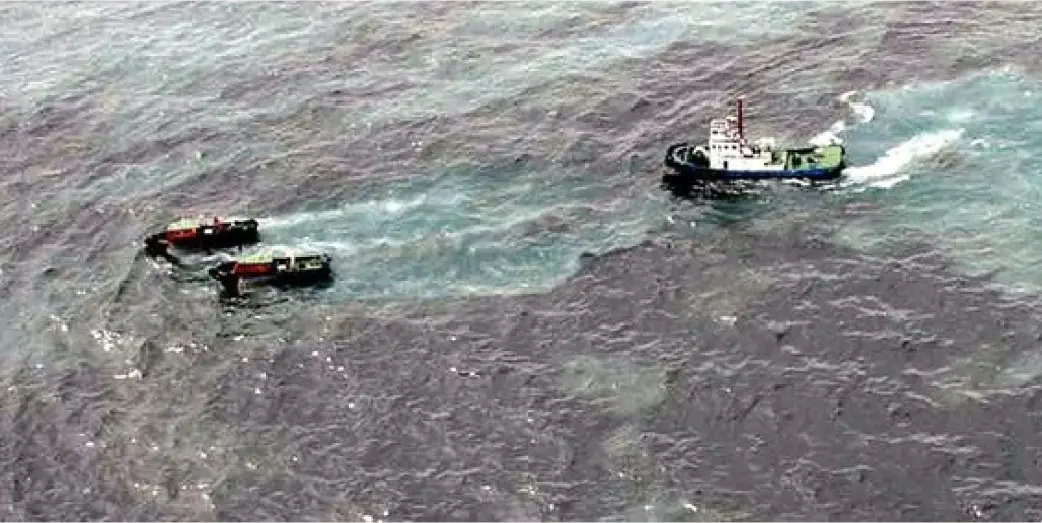
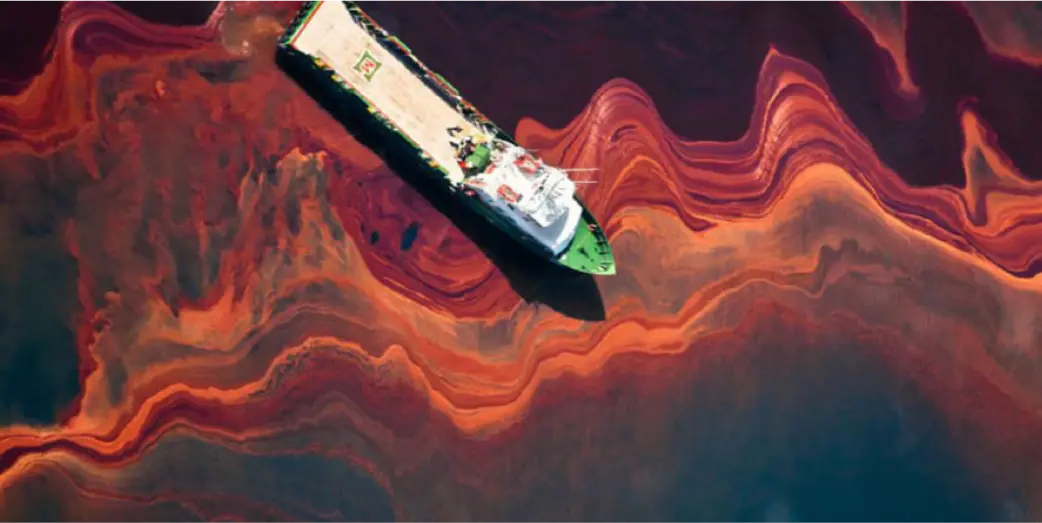
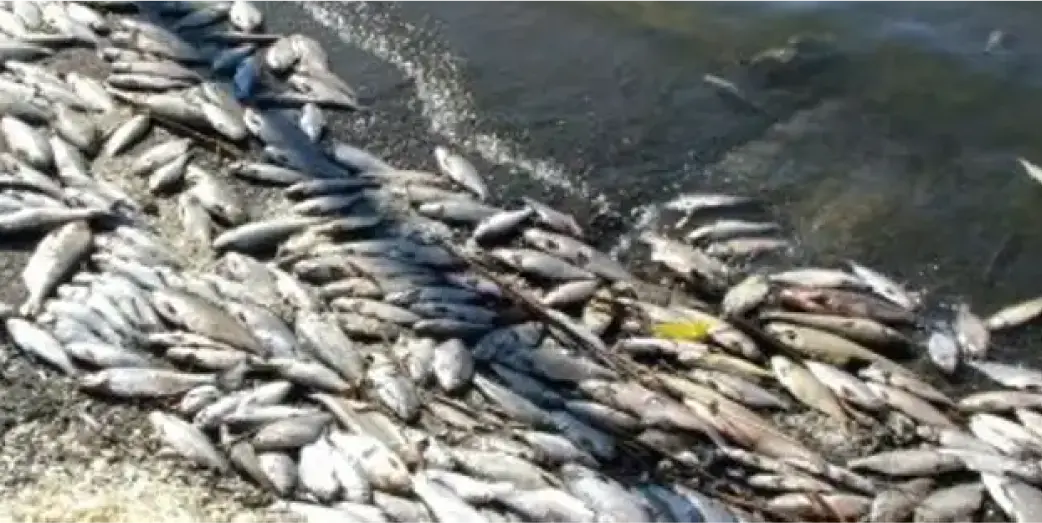
From 2023 to June 2025 alone,
451 oil slicks and groups of slicks
were found in the northern and
middle parts of the Caspian Sea.
Total area
~692 000 m
Equivalent to 96 914
 football fields
football fields
Turning vast stretches of the
sea into zones of silent
ecological collapse.
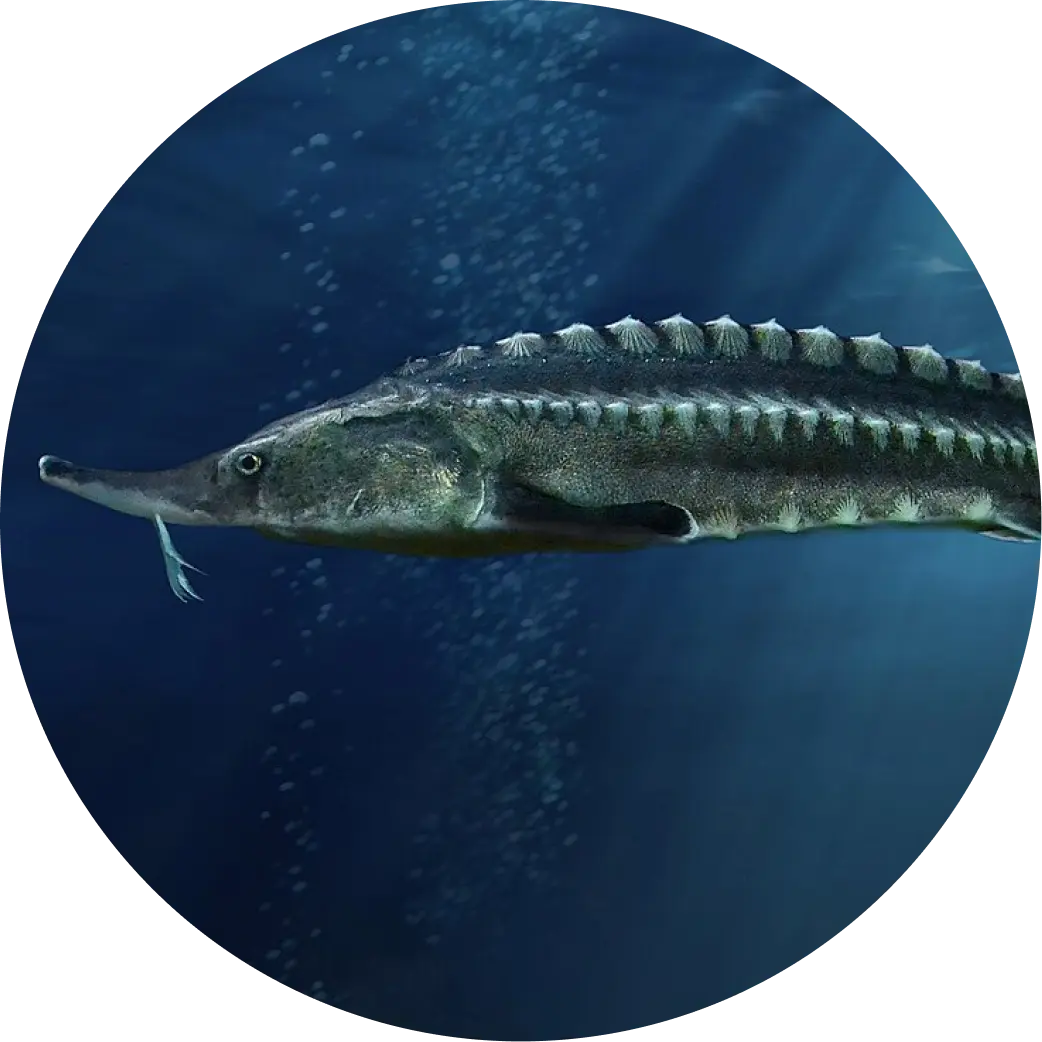

Beluga sturgeon
Functional
extinction by 2040.
Source: WWF projection
Caspian seal
Projected
collapse by 2080.
Source: UNEP modeling

As the
Caspian
Sea dries,
its people
could be the next
to vanish.
According to the UN Environment
Programme, if water levels drop by
as much as 18 meters by 2100,
the consequences
would be catastrophic:
It would devastate ecosystems
and species,threaten
livelihoods and harm food
security… and displace
as many as 5 million people
by mid-century.
5m drop
Tens of thousands lose their
fishing and farming livelihoods.
Small-scale displacement begins.
10m drop
Major infrastructure collapses.
Ports are abandoned.
Entire towns are forced to relocate.
15m drop
Millions displaced. Massive dust
storms sweep across the basin.
Regional food insecurity deepens.
Conflict risks escalate.
Who
Bears
Respon-
sibility?
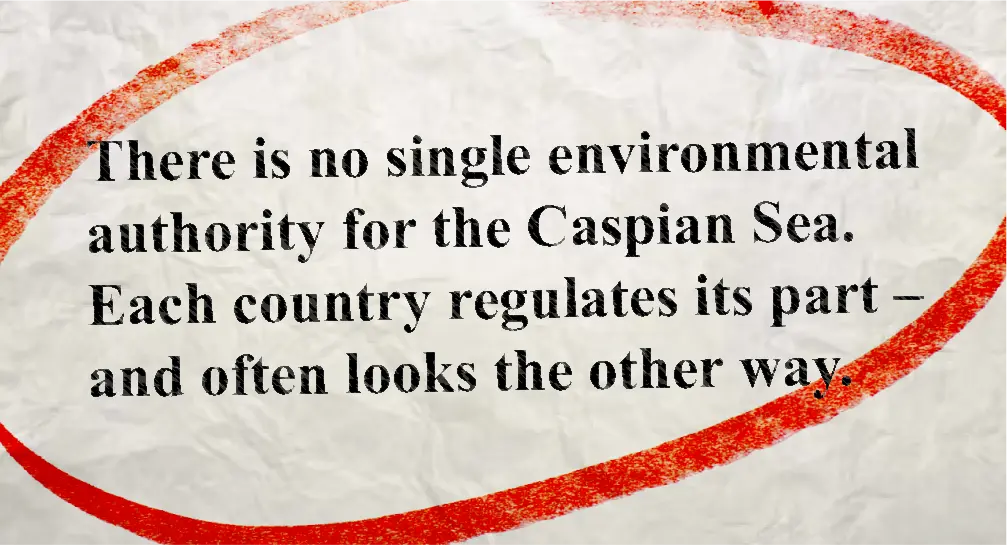
Report: Governance Gaps in the Caspian - World Resources Institute
Rising temperatures
accelerate evaporation.
Dams and irrigation choke
the rivers that feed the sea.
Oil operations extract
its lifeblood – and poison
what remains.

This isn’t just on the
governments.
IT’S ON
ALL OF US.
The same fuels pulled from beneath
the Caspian are burned in Europe,
in the U.S., and across the world.
What
Needs
to Happen
Now:
01A binding regional conservation
agreement – enforceable across
all Caspian nations.
02Hold oil companies
to international environmental
standards – no more looking
the other way.
03Establish marine protected zones –
safeguard what’s left
of critical ecosystems.
04Restore vital habitats – rivers,
wetlands, and coastal areas
must be revived.
05Accelerate global climate action –
to ease the pressure on inland
seas worldwide.
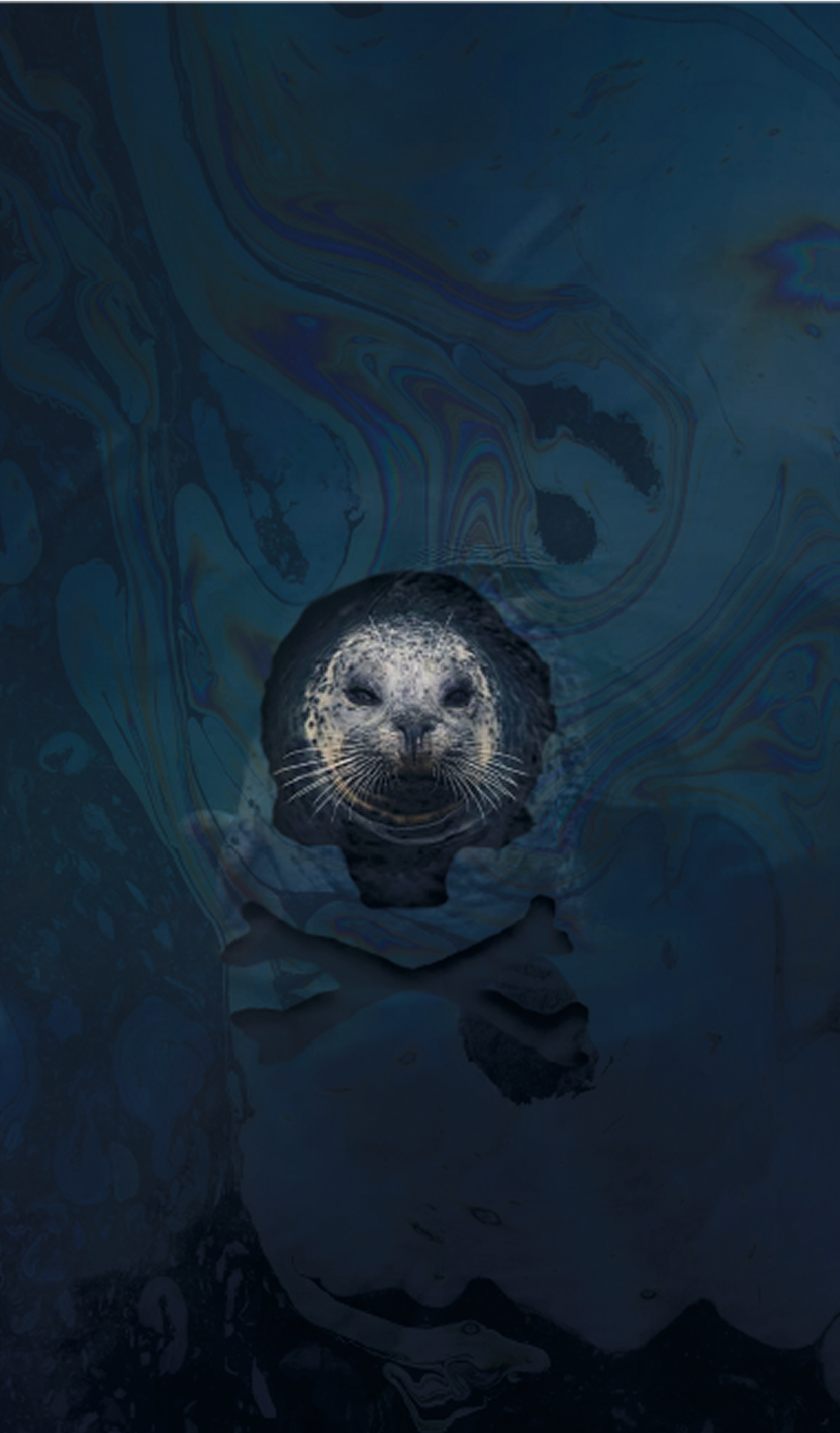
share this story:
savethecaspiansea.com
X: @savethecaspiansea
Inst: @savethecaspiansea
LinkedIn: @savethecaspiansea
savethecaspiansea.com




